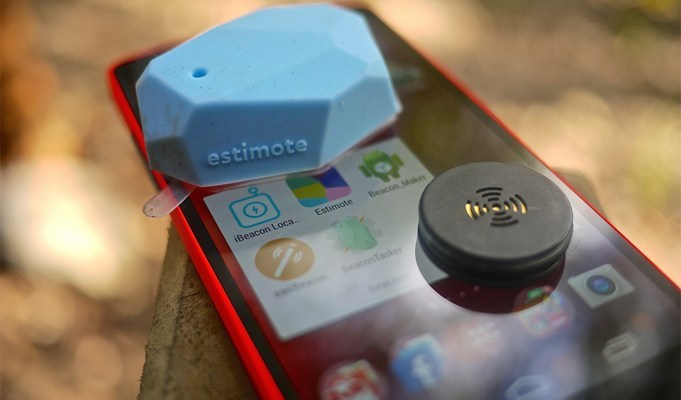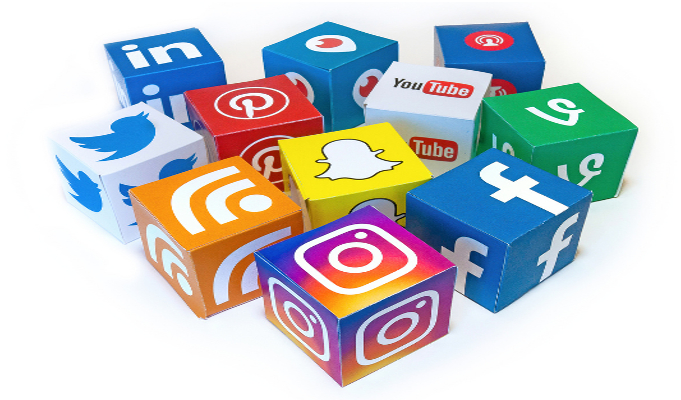Robust economic growth and rising household incomes in India are expected to take consumer spending to US $3.6 trillion by 2020, with the maximum consumer spend likely to occur in the food, household, and transport and communication segments.
The Indian consumer market is broadly segregated into urban and rural markets. This segregation is attracting marketers from across the world. Fashion consciousness has been increasing across socio-economic segments as a result of the changing role of the Indian woman, increasing incomes and wider penetration of the media in the country. Today, a large number of domestic and international brands are present in the Indian market, catering to every fashion desire of new-age consumers.
Indian consumers are changing at a pace far greater than that foreseen. This change has been a result of several drivers that have grown in strength over the years. These drivers are:-
1. Change in Consumer Income and Demographic Profile

According to the latest census figures, the total population of India was estimated to be 1,254 million and is continuing to grow at an average rate of 15-20 per cent.
Today, almost a third of the population is below the age of 25 years and half the population is below the age of 35 years. While this means that consumer demand will keep growing in the future, thereby propelling India’s GDP via internal consumption, it also means that the types of products, services and experiences will undergo a big change to keep pace with the outlook of this young population.
Rising incomes and propensity to spend are now expanding beyond metros to Tier-II and-III cities which are also turning into new power centres of demand. However, the products, price points and consumption experience expectations of these consumers are different from the consumers in metros. The model of serving consumer demand that works in metros may not work in Tier-II and-III cities.
2. Technology Innovations

Businesses have used technology in almost every sphere. However, technology is generally seen as providing back-end support or, at best, as an enabling platform. As such, most business managers have not pro-actively devoted time to building even a basic appreciation of how emerging technology can solve some of their customer problems. That being said, this mind-set is set to change. Internet of things (IoT) systems of new age companies have surpassed the traditional technology of large traditional players. With the advancements in technology, the importance of its role in disrupting established business models is now being recognised. Technology can help businesses serve customers in a manner that was unimaginable before. From mobility, 3D printing, IoT, artificial intelligence to machine merchandising, technology is causing major changes in product creation, delivery and service to the consumer.
3. Rising Complexity of Decision Making

Over the years, the consumer choice sets have exploded. In the past, one could just walk into a small fashion store and quickly buy what was needed due to the limited variety of brands available. If a customer required help, advice was always taken from the store owner and the decision was based on inputs from both past and regular customers. Risk of consequences as a result of poor decision making were low and the cognitive load of buying decisions was minimal.
All that has changed in today’s world. With India’s growing economy and free trade, the number of trends/ brands has increased. Today, consumers have more variety to choose from, along with more product categories to go over. Earlier, one product served multiple consumer needs. Now, we have multiple brands and within them, multiple variant segments to suit consumer needs. With quality across brands improving, making a choice is becoming increasingly difficult. What compounds this process is the fact that modern formats of physical and online retailing do not extend the same level of help. While variety drove consumers away from small traditional stores to bigger, modern stores and brand stores, we will see complexity driving them towards those who help simplify choice and ensure better purchase decisions.
4. Cultural Shift

Changes in the amount and types of leisure activities have resulted in a shift from a formal dressing code to a more casual one. The increased amount of leisure time that people have due to shorter working hours, electronic help at home and convenience foods have led to a need for more casual/ leisure clothing. Earlier, the market for men and women was very different and was based on occupations, needs and the status of consumers. But today, with the increase in the number of employed people and with their changing lifestyle, the needs of women are now at par with those of men. The past 20 years have seen the presence of working women increase drastically. Today, women constitute almost 45 per cent of the total workforce. The desire to dress smartly results in more spending on clothes for different occasions. For working men, there has been a long-term shift from blue-collar to white-collar work, which one might think would stimulate consumption. Now that the nation is enjoying a fair level of employment and unemployment has declined, sales of apparel have also increased. This is partly due to fashion changes, changes in the standard of living and a growing desire to dress smartly.
5. Social Media and Brand Endorsement

The Internet and broadcast media are contributing immensely to building consumer awareness about brands and products available not only in India but also in international markets. This has helped brands significantly in spreading their marketing campaigns to consumers in all parts of the country. It is not uncommon to find young boys and girls in smaller cities opting for the latest styles sported by their favourite television or Bollywood stars. The reach of the media and television has ensured that consumers are following fashion trends at roughly the same pace all over the country. Increased awareness, coupled with geographical expansion and the growing reach of online retailers, has led to an increase in demand beyond Tier-I cities. Promotion of products and services by celebrities has become a lucrative way to build brand awareness and credibility. They are empowered to make better and more informed choices and reject bad ones. Today, both international and Indian brands are offering the latest trends made popular in Hindi films and on television to the consumer at affordable prices and making people fashion conscious.







